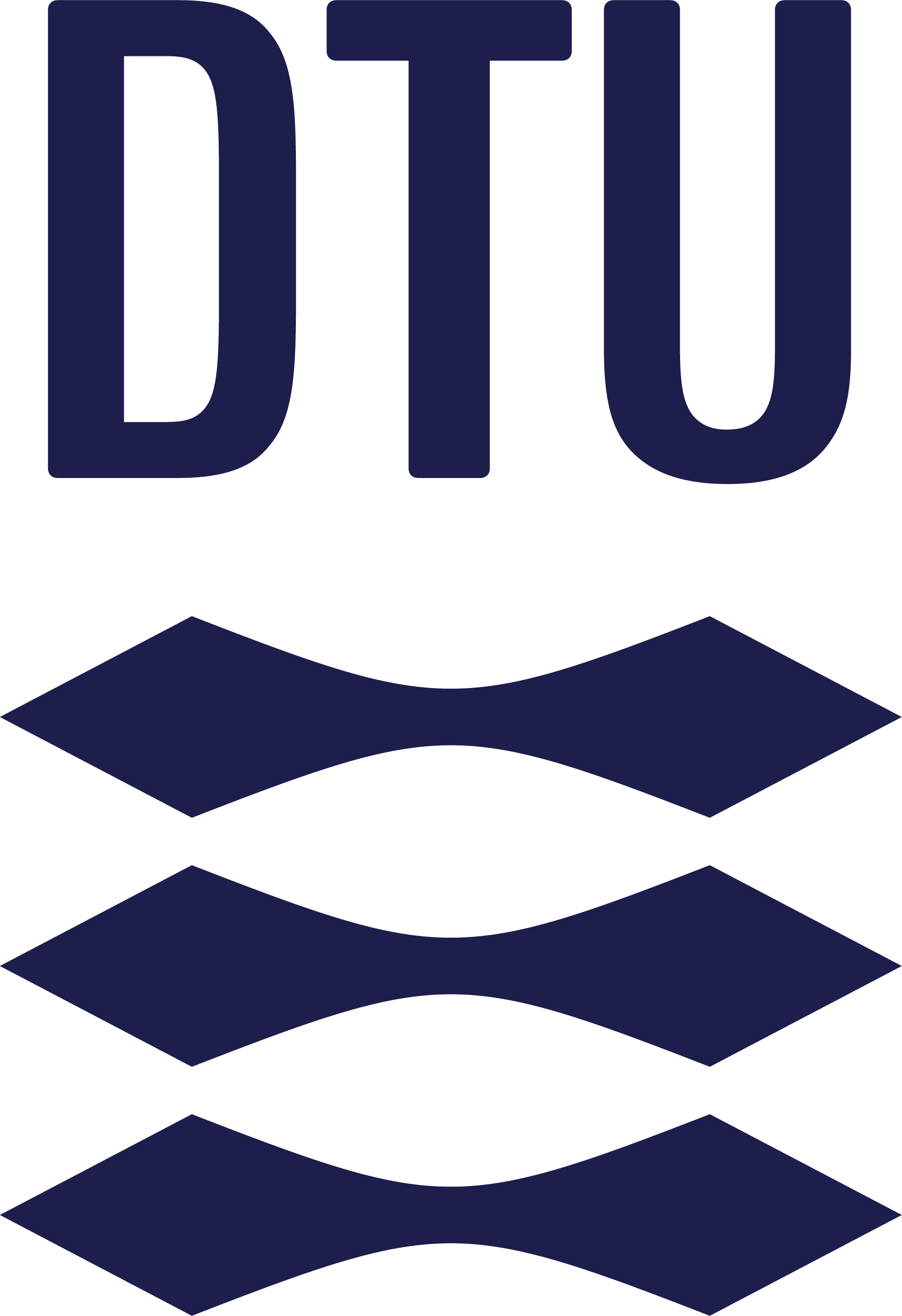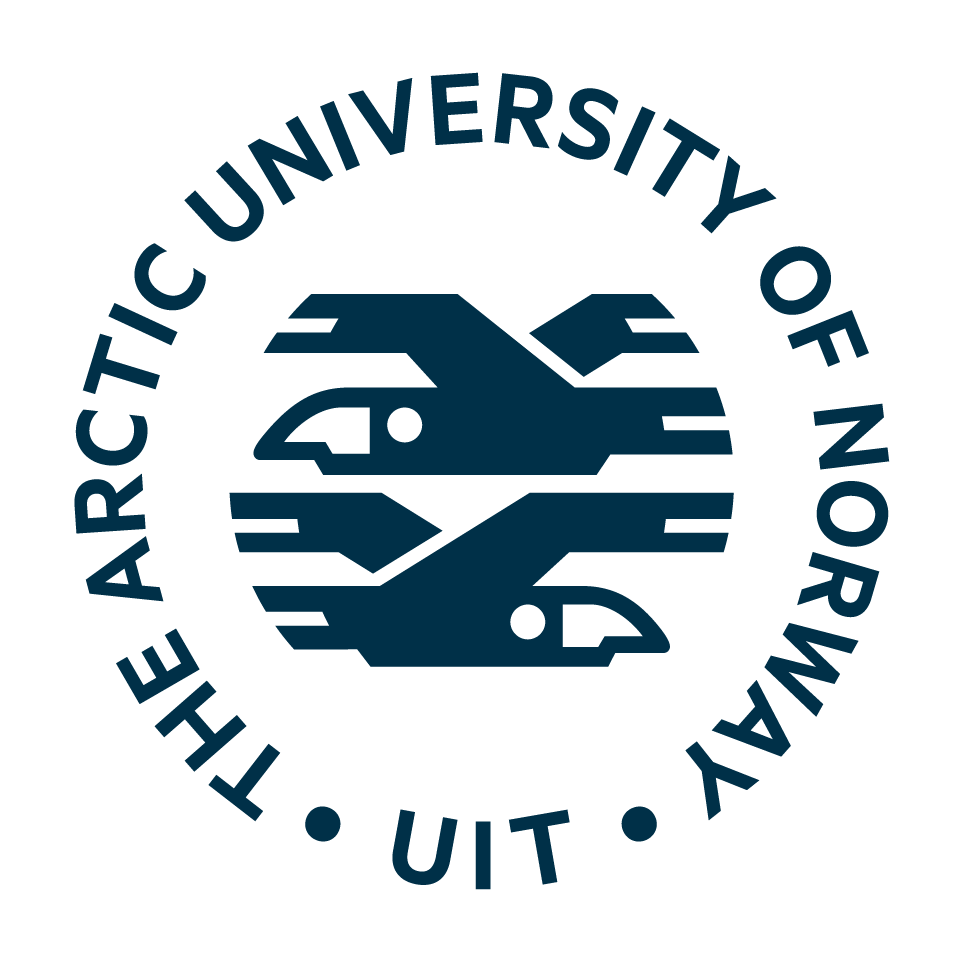Consortium

Science & Technology AS (S&T) - prime
Science and Technology AS (S&T) is working under the same brand as Science and Technology BV in the Netherlands, both privately owned small- and medium-sized enterprises (SME) companies conducting high-tech projects and consultancy mainly within the Space Industry. S&T was founded in 2011 and has 12 employees situated in the MESH Community in Oslo, Norway. S&T AS works solely within Earth Observation (EO), with a focus on software solutions for simulating, handling, processing or analysing multidimensional data from satellite instruments. S&T AS has ample experience in the execution of larger scientific data processing and intelligent software applications projects with R&D and development, for ESA, EU and National clients.
Within ARCTEX, S&T is priming the Consortium and is responsible for Work Package (WP) 8.0 "Project Management".
-
Daniele Fantin, Senior Project Manager – prime, project management

The Technical University of Denmark (DTU), Department of Space and Technology (DTU Space) – science lead
Within ARCTEX, DTU Space is responsible for WP 1.0 "Science Plan Consolidation", WP 6.0 "Collaborative Research and Scientific Partnerships", and WP 7.0 "Promotion and Outreach".
Geodesy and Earth Observation, Cryosphere Research Group
-
Louise Sandberg Sørensen, Professor – science lead, WP1.0, WP 6.0, and WP 7.0 manager, land ice
-
Kirk Scanlan, Researcher – land ice
-
Renée M. Fredensborg Hansen, Postdoc – sea ice
Microwaves and Remote Sensing
- Anders Kusk, Research Engineer – land ice

University of Leeds (UoL)
UoL is one of the largest Universities in the United Kingdom (UK) with over 32.000 full-time students and 7.500 staff, and is among the top ten universities for research in the UK with some 3.000 full-time researchers. UoL is the national leader in receipt of National Environment Research Council (NERC) funding for the last two years and has gained several interdisciplinary awards spanning natural and social sciencedimensions of environmental research. UoL has wide experience in the field of Earth Observation, including the development of satellite retrieval algorithms, satellite data processing systems, and satellite sensor systems, and in the application of satellite observations for geophysical research.
Within ARCTEX, UoL is responsible for WP 5.0 "Scientific Roadmap".
-
Anna Hogg, Professor – WP 5.0 manager, land ice

Lancaster University (LU)
LU is a research-intensive university frequently ranked in the top 10 universities of the UK and is in the world's top 150. One of the key strategic research priorities for the University is the Earth’s Environment. The Lancaster Environment Centre (LEC), responsible for delivering this vision, currently comprises over 70 academic staff, 150 PhD students, and 100 Master's Students. The Lancaster Environment Centre (LEC) was ranked third for research impact in the 2014 UK Research Excellence Framework. LU has a rapidly growing group of researchers in the field of Polar Earth Observation and Modelling and contributes to the UK National Centre for Polar Observation and Modelling (CPOM).
Within ARCTEX, LU is responsible for WP 4.0 "Scientific Analysis, Investigation, and Impact Assessment".
-
Malcolm McMillan, Professor – WP 4.0 manager, land ice
-
Amber Leeson, Reader in Glaciology – land ice
-
Kate Briggs, Senior Research Associate – land ice
-
Jennifer Maddalena, Senior Research Associate – land ice

University in Tromsø - Arctic University of Norway (UiT)
UiT is the world's northernmost university, and benefits from proximity to several other Arctic research institutions such as the Fram Centre, the Norwegian Institute of Marine Research, and the Norwegian Polar Institute (NPI). UiT shares the research icebreaker Kronprins Haakon with the latter. UiT is a research-intensive university with a strong focus on the Arctic environment, both from satellite and field perspectives. The Earth Observation group itself sits within UiT’s Department of Physics and Technology, alongside groups focusing on topics such as Complex Systems Modelling, Machine Learning, and Ultrasound, Microwaves & Optics. This departmental structure provides academics with a collaborative environment that cuts across the field of Arctic earth observation.Within ARCTEX, UiT is responsible for WP 2.0 "Advanced EO research: novel products development and validation".
-
Jack C. Landy, Associate Professor – sea ice
-
Robbie D. C. Mallett, Postdoc – WP2.0 manager, sea ice
Advisory Board
In addition to the consortium and scientific/technical team, ARCTEX is also supported by the following advisory board:
- Lorenz Meire, Senior Researcher, Greenland Climate Research Centre
- Nicolaj Hansen, Researcher, Danish Meteorological Institute (DMI)
The expertise of the ARCTEX consortium covers EO for sea ice and land ice. The integrated system science cases that we will conduct also require expertise on the atmosphere and ocean forcings and feedback, where the advisory board will provide support.